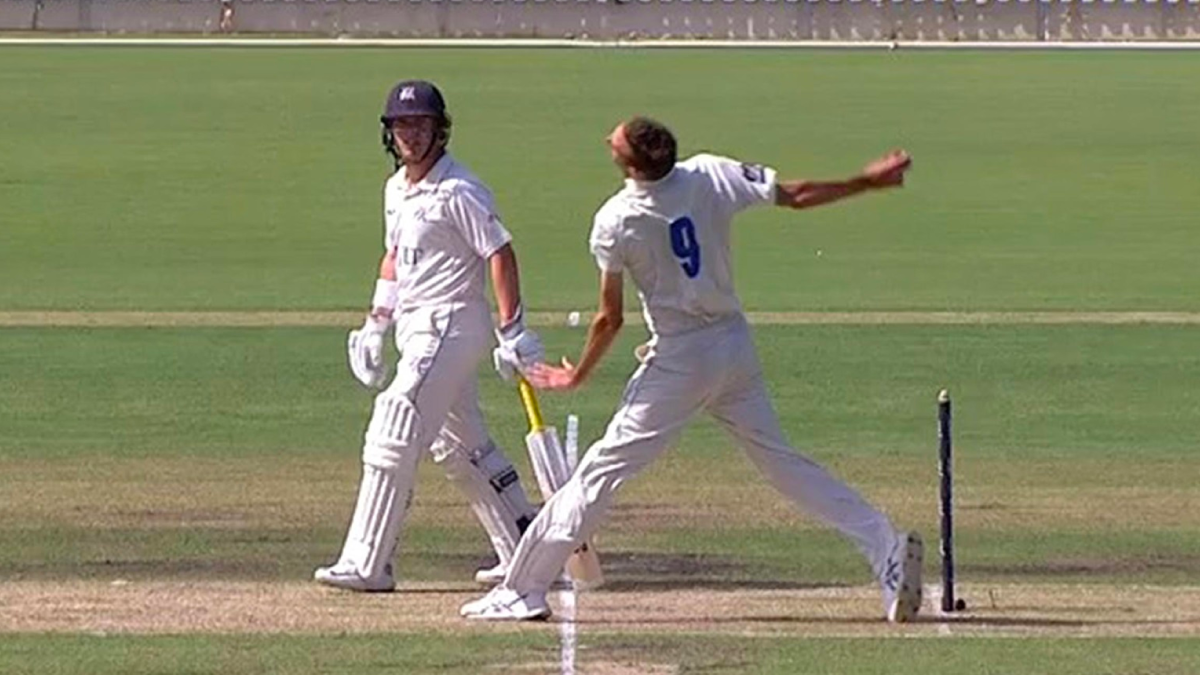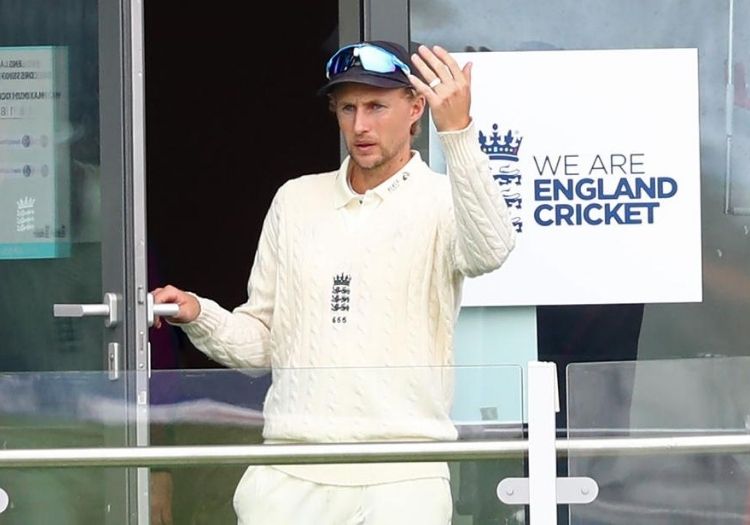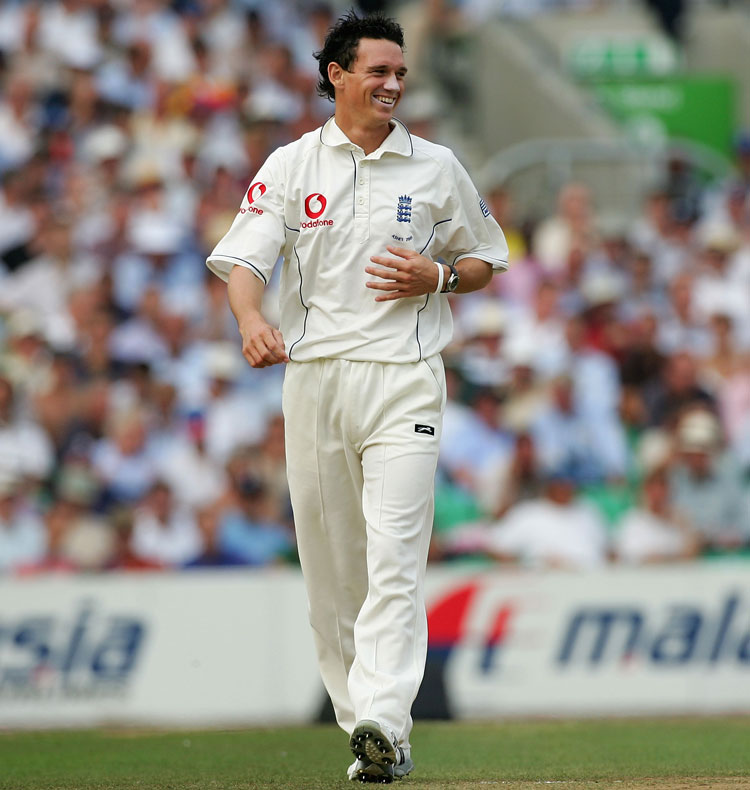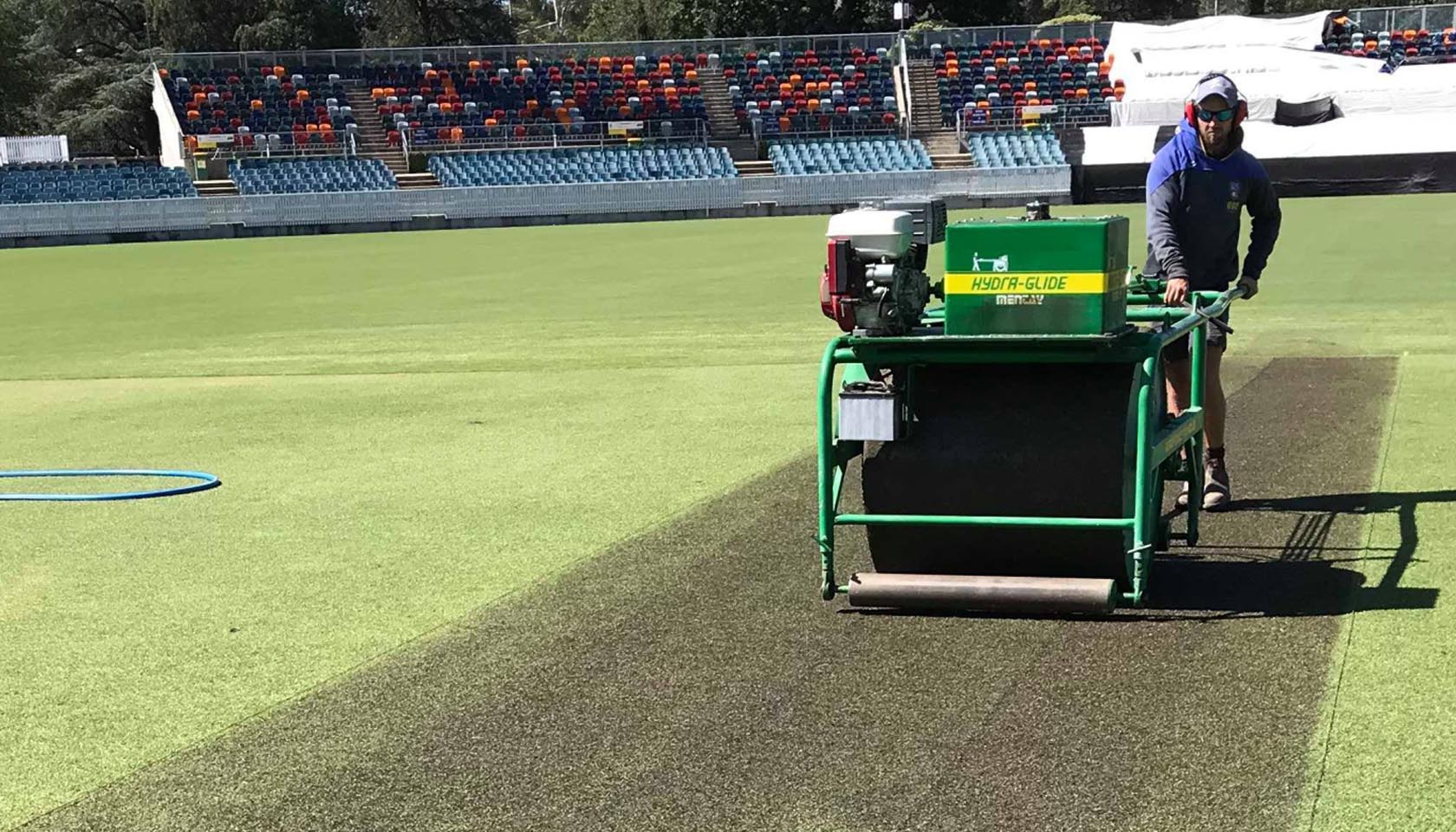21.1 Mode of delivery
21.1.1 The umpire shall ascertain whether the bowler intends to bowl right-handed or left-handed, over or round the wicket, and shall so inform the striker.
It is unfair if the bowler fails to notify the umpire of a change in his/her mode of delivery. In such instances, the umpire shall call and signal a violation.
21.1.2 Underarm bowling shall not be permitted except by special agreement before the match.
21.2 Fair delivery – The arm
For a delivery to be fair with respect to the arm, the ball must not be thrown.
A ball is fairly delivered in respect of the arm if, once the bowler’s arm has reached the level of the shoulder in the delivery swing, the elbow joint is not straightened partially or completely from that instant until the ball has left the hand. This definition shall not debar a bowler from flexing or rotating the wrist in the delivery swing.
Although it is the primary responsibility of the striker’s end umpire to assess the fairness of a delivery in this respect, there is nothing in this Law to debar the bowler’s end umpire from calling and signaling a violation if he/she considers that the ball has been thrown.
21.3 Ball thrown or delivered underarm – action by umpires
21.3.1 After the bowler has entered his/her delivery stride, if in the opinion of either umpire the ball has been thrown or, unless permitted by agreement in 21.1.2, delivered underarm, that umpire shall call and signal a violation and, when the ball is dead, inform the other umpire of the reason for the call.
The bowler’s end umpire shall then
- warn the bowler, indicating that this is a first and final warning. This warning shall apply to that bowler throughout the innings.
- inform the captain of the fielding side of the reason for this action.
- inform the batters at the wicket of what has occurred.
21.3.2 If either umpire considers that, in that innings, a further delivery by the same bowler is thrown or, unless permitted by agreement in 21.1.2, delivered underarm, he/she shall call and signal a violation, and when the ball is dead, inform the other umpire of the reason for the call.
The bowler’s end umpire shall then
- direct the captain of the fielding side to suspend the bowler immediately from bowling. The over shall, if applicable, be completed by another bowler, who shall neither have bowled the previous over or part thereof nor be allowed to bowl any part of the next over. The bowler thus suspended shall not bowl again in that innings.
- inform the batters at the wicket and, as soon as practicable, the captain of the batting side of the reason for this action.
21.3.3 The umpires together shall report the occurrence as soon as possible after the match to the Executive of the offending side and to any Governing Body responsible for the match, who shall take such action as is considered appropriate against the captain, any other individuals concerned and, if appropriate, the team.
21.4 Bowler throwing towards striker’s end before delivery
If the bowler throws the ball towards the striker’s end before entering the delivery stride, it is not a legal delivery, and the procedure stated in 21.3 shall not apply. However, either umpire shall call and signal a Dead Ball under Law 20.4.2.9.
21.5 Fair delivery – the feet
For a delivery to be fair in respect of the feet, in the delivery stride
21.5.1 The bowler’s back foot must land within and not touching the return crease appertaining to his/her stated mode of delivery.
21.5.2 The bowler’s front foot must land with some part of the foot, whether grounded or raised
- on the same side of the imaginary line joining the two middle stumps as the return crease described in 21.5.1, and
- behind the popping crease.
If the bowler’s end umpire is not satisfied that all of these three conditions have been met, he/she shall call and signal a violation. See Law 41.8 (Bowling of deliberate front foot No ball).
21.6 Bowler breaking wicket in delivering ball
If the ball is delivered and if the non-striker is not dismissed under Law 41.16 (Non-striker leaving his/her ground early), either umpire shall call and signal a violation if the bowler breaks the wicket at any time after the ball comes into play and before completion of the stride after the delivery stride. This shall include any clothing or other object that falls from his/her person and breaks the wicket.
21.7 Ball bouncing more than once, rolling along the ground or pitching off the pitch
The umpire shall call and signal a violation if a ball, in his/her opinion, has been delivered, without having previously touched the bat or person of the striker,
- bounces more than once, or rolls along the ground before it reaches the popping crease
or
- pitches wholly or partially off the pitch as defined in Law 6.1 (Area of pitch) before it reaches the line of the striker’s wicket. When a non-turf pitch is being used, this will apply to any ball that wholly or partially pitches off the artificial surface.
21.8 Ball causing the striker to leave the pitch, or ball coming to rest in front of striker’s wicket
If a ball delivered by the bowler comes to rest in front of the line of the striker’s wicket or is so far from the pitch that the striker would need to leave the pitch to attempt to play the ball (see Law 25.8 – Striker’s right to play the ball), without having previously touched the bat or person of the striker, the umpire shall call and signal a violation and immediately call and signal Dead ball.
21.9 Fielder intercepting a delivery
If except in the circumstances of Law 27.3 (Position of wicket-keeper), a ball delivered by the bowler makes contact with any part of a fielder’s person before it either makes contact with the striker’s bat or person, or it passes the striker’s wicket, the umpire shall call and signal a violation and immediately call and signal Dead ball.
21.10 Balls bouncing over the head height of the striker
The umpire shall call and signal a violation for any delivery which, after pitching, passes or would have passed over head height of the striker standing upright at the popping crease.
21.11 Call of No ball for infringement of other Laws
In addition to the instances above, No ball is to be called and signaled as required by the following Laws.
27.3 – Position of wicket-keeper
28.4 – Limitation of on-side fielders
28.5 – Fielders not to encroach on pitch
41.6 – Bowling of dangerous and unfair short-pitched deliveries
41.7 – Bowling of dangerous and unfair non-pitching deliveries
41.8 – Bowling of deliberate front foot No ball.
21.12 Revoking a call of No ball
An umpire can cancel a violation if a Dead ball is signaled under Laws 20.4.2.4, 20.4.2.5, 20.4.2.6, 20.4.2.8, or 20.4.2.10.
21.13 No ball to over-ride Wide
A call of a violation shall override the call of Wide Ball at any time. See Laws 22.1(Judging a Wide) and 22.2 (Call and signal of Wide ball).
21.14 Ball not dead
The ball does not become dead on the call of a violation.
21.15 Penalty for a No balls
A penalty of one run shall be awarded instantly on the call of a violation. Unless the call is revoked, the penalty shall stand even if a batter is dismissed. It shall be in addition to any other runs scored, any boundary allowance, and any other runs awarded for penalties.
21.16 Runs resulting from No balls – how scored
The one-run penalty shall be scored as a No-ball extra and shall be debited against the bowler. Penalty runs follow Law 41.17; runs from bat contact go to the striker, otherwise, they’re Byes or Leg byes.
21.17 No ball not to count
A violation shall not count as one of the over. See Law 17.3 (Validity of balls).
21.18 Out from a No ball
No dismissals are permitted except Laws 34, 37, or 38 (Hit twice, Obstruct field, Run out) post a violation.




One thought on “Law 21 – No Ball”